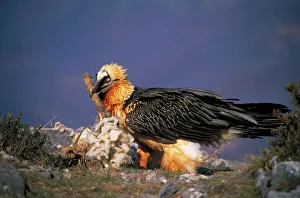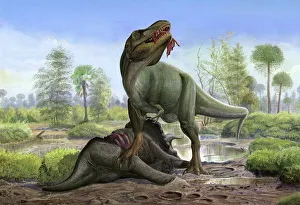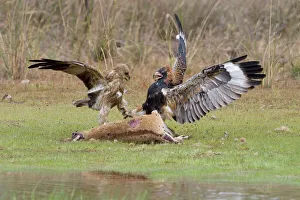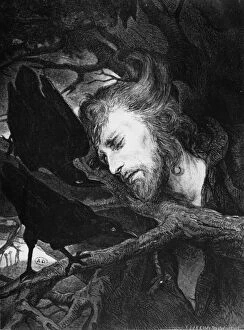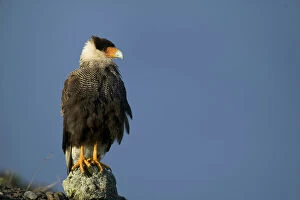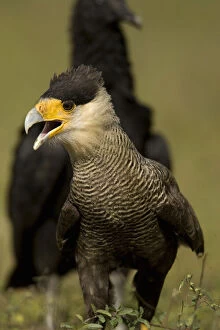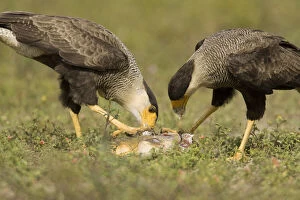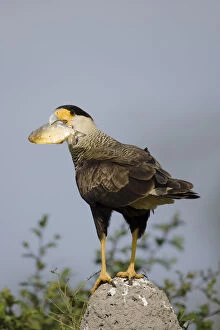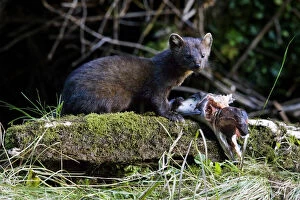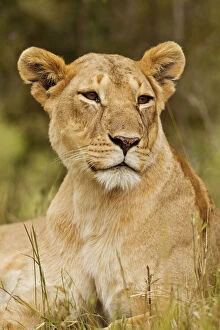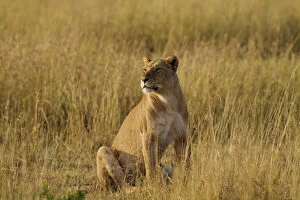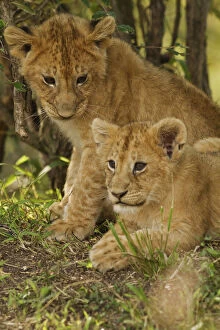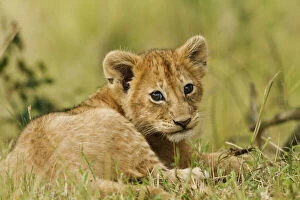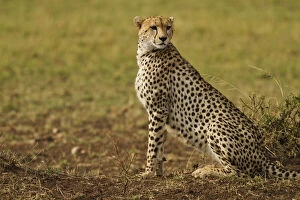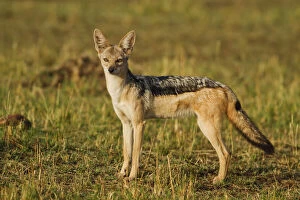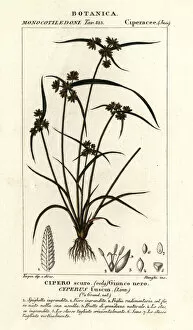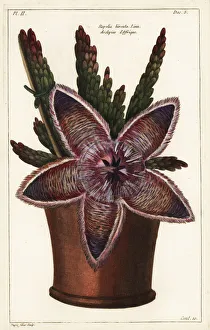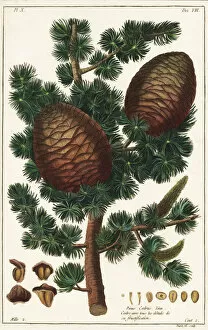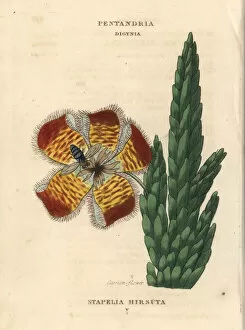Carrion Collection
The carrion, a fascinating and rare phenomenon in the animal kingdom, is captured in Picture No. 10884372
DDE-90038434
Crested Caracaras, Polyborus plancus, eating carrion. Pantanal, Brazil. Date: 17/02/2005
DDE-90028012
North America, Canada, British Columbia. American Marten eating salmon. Date: 22/10/2005
DDE-90028011
North America, Canada, British Columbia. American Marten eating salmon. Date: 22/10/2005
All Professionally Made to Order for Quick Shipping
The carrion, a fascinating and rare phenomenon in the animal kingdom, is captured in Picture No. 10884372. This image showcases the Bearded Vulture, also known as the Lammergeier, with a carcass bone firmly gripped in its beak. With an impressive maximum wingspan of 10 feet, this magnificent bird can only be described as a bone-eating specialist. Endemic to Spain, France, Greece, Turkey, Italy, and Africa, spotting the Bearded Vulture is indeed a rarity. Its unique diet sets it apart from other birds as it solely feasts on bones. As we marvel at this incredible creature's ability to consume such tough sustenance effortlessly. But the Bearded Vulture isn't alone in its affinity for carrion. In another captivating scene captured by VAN-19 lensman Morris; we witness nature's circle of life unfold before our eyes. A Tyrannosaurus Rex indulges in the decaying remains of a dead Triceratops - showcasing how carrion plays an essential role even among prehistoric creatures. Moving forward to modern times and across continents to Morocco's desert landscape; we encounter the Northern Bald Ibis foraging beside carrion. This adult ibis demonstrates its adaptability and survival skills amidst harsh conditions while relying on these remnants for sustenance during November. In Australia's vast interior regions resides yet another intriguing duo: The Black-breasted Buzzard and Whistling Kite engaged in an argument over their share resources. These uncommon Australian endemics are pitted against common Whistling Kites that dominate throughout Australia. Returning closer to home shores brings us face-to-face with another member of Corvus family - Carrion Crow (Corvus corone). An adult crow calls out while diligently foraging along Studland Bay foreshore in Dorset England during March—a reminder that even within familiar landscapes lies the beauty of nature's scavengers.


